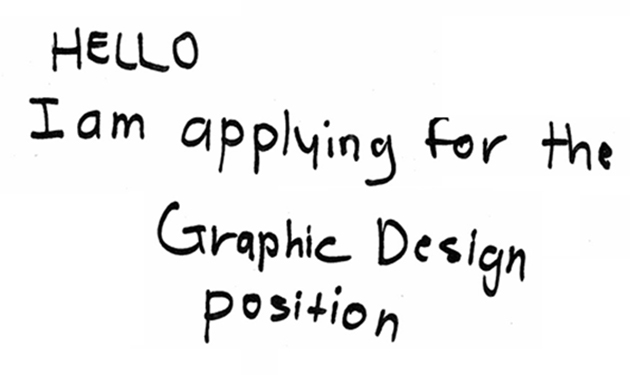Your resume is the first thing a company sees as an introduction to you.
That means your resume needs to be amazing or hiring managers won’t give it more than a quick glance.
Hiring managers receive many resumes for every job opening, and large companies might get hundreds or thousands of resumes in response to a single job opening. Your resume needs to instantly grab the reader’s attention, address their needs, and sell you as the solution to their problems. This happens in three steps:
- Your resume needs to capture the hiring manager’s attention visually.
- It must demonstrate that you’re capable of meeting the hiring manager’s needs.
- It has to explain how the hiring manager will benefit by inviting you in for an interview.
Believe it or not, you can accomplish all of those steps if you avoid making the 10 resume mistakes described below.
1. Poor Resume Formatting

Your resume should use consistent formatting, which includes typeface, font size, bullets, margins, and text styles. For example, if the first job listed in the Experience section of your resume includes the job title in a bold, 14-point, Times New Roman font, then the second job should be formatted in the same way. An unformatted or poorly formatted resume is likely to end up in the trash before the hiring manager can read your first job description.
2. Spelling Errors and Typos in Your Resume

If your resume includes spelling errors or typos, a hiring manager will see that as a direct reflection of your abilities and work ethic. Take the time to proofread your resume, and be sure to ask at least one other person to edit it, too. It’s extremely difficult to proofread your own work and successfully catch all errors.
3. Your Resume is Not Action-oriented
Avoid using passive language in your resume. Instead, use the active voice and action words that make your resume sound more compelling.
4. Your Resume is Not Specific

Your resume should be extremely specific and explain your experience in a manner that makes it very clear what you’ve done and what you can do. Vague descriptions won’t help you land a job interview.
5. Your Work and Achievments are Not Quantified
Whenever you can, quantify the information in your resume. For example, if you managed a team, include the number of people you managed. Did your efforts lead to increases in revenue or sales? Did your efforts help to decrease costs? Quantifying your experience gives the hiring manager tangible proof of your abilities.
6. Your Resume is Not Succinct

Your resume shouldn’t be filled with every detail you can think of about your work history. Don’t deliver the kitchen sink when the hiring manager only wants to see information that is relevant to the position you’re applying for. Tailor your resume to the job description and company, so the hiring manager doesn’t have to weed through clutter to find the most important and compelling information about you.
7. Using Pronouns like “I” and “You” in Your Resume

Avoid using pronouns in your resume. For example, don’t say, “I managed five people.” Instead, write, “Managed a five-person team.” Pronouns should be implied.
8. Your Resume is Too Personal

Do not include personal information in your resume. First, companies are not allowed by law to ask for many personal details during interviews. Second, including personal information in a resume can make you look unprofessional. With that in mind, omit information related to your family, hobbies, religion, and so on, unless that information is directly related to the job you’re applying to.
9. Your Resume Has an Unprofessional Tone

A resume is a formal document, so keep your language and writing style highly professional. Avoid using colloquialisms and slang. While you might be tempted to be creative in your tone in an effort to make your resume stand out, don’t do it. For the one person who will appreciate your effort, 10 will send your resume to the trash can because of it.
10. Standard Elements Are Missing From Your Resume

Your resume should be formatted like a traditional resume, so the hiring manager can easily find the information he needs where he expects it to be. Don’t annoy him by making him search for information that should be easy to find. That means you should list your work history in reverse chronological order. Include job titles, companies, and employment dates along with bullet points that list your primary responsibilities for each position. Your education, awards, and specialized skills should be listed after your work history, and your name and contact information should appear at the top of each page.
Remember, you need to sell your abilities as the solution to a hiring manager’s specific problems. Review your resume and put yourself in the hiring manager’s shoes. Does your resume solve the hiring manager’s problems? If you follow the ten tips above, it should.
